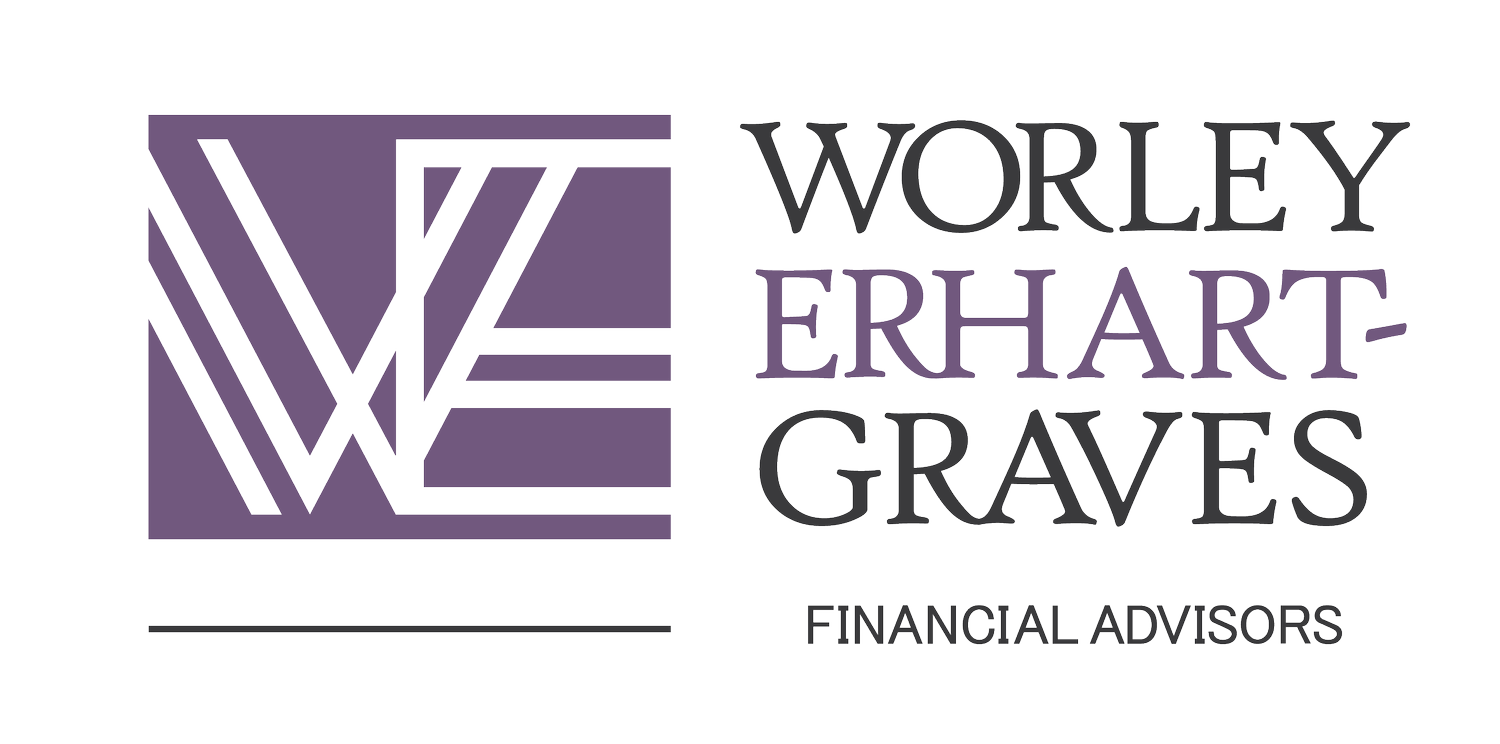Eating Out Without Eating Away At Your Financial Plan
/“Eating lunch at a restaurant isn’t a bad thing, but it has to fit within your budget,” cautions Nat Sillin, Visa’s head of U.S. Financial Education. Sillin’s financial planning advice? “Clipping a coupon, choosing a less expensive item or brown bagging it can save you hundreds over the course of a year.” That advice is generally not followed, as Americans spend nearly $1,000 annually on lunching out, with men outspending their female counterparts by 44%, forbes.com explains.
And that’s only lunch…Here at Worley Erhart-Graves Financial Advisors, we were shocked to read that, according to a Bureau of Labor Statistics consumer expenditure survey, the typical household spends $2,625 per year on food away from home. In fact, above-average earners tend to spend even more on restaurant food – as much as $370 a month per person.
As Ally Bank’s “Straight Talk” website so aptly points out, “One of the most important aspects of money management is knowing where your money goes.” At WEFA, we believe that one important function of the financial planning process should be holding various budget items up to the light.
The corollary to that line of thinking is your budget should include money for entertainment, which can certainly include eating out. Rose State College’s “8 Steps to Budget Bliss” explains there’s nothing wrong with wanting nice things (and good food!). But to make the best budgeting decisions for your lifestyle, you need to know where the money is going.
One place the money is going when you eat out, of course, is the tip. According to the Etiquette Scholar, the usual tip is fifteen to twenty percent of the pre-tax amount of the bill. One money-saving tipping tip is to check the bill to see if a gratuity or service charge has been included.
With proper planning, it’s possible to enjoy eating out without eating away at your financial plan!
Content was prepared by a freelance journalist on behalf of Worley Erhart-Graves Financial Advisors






